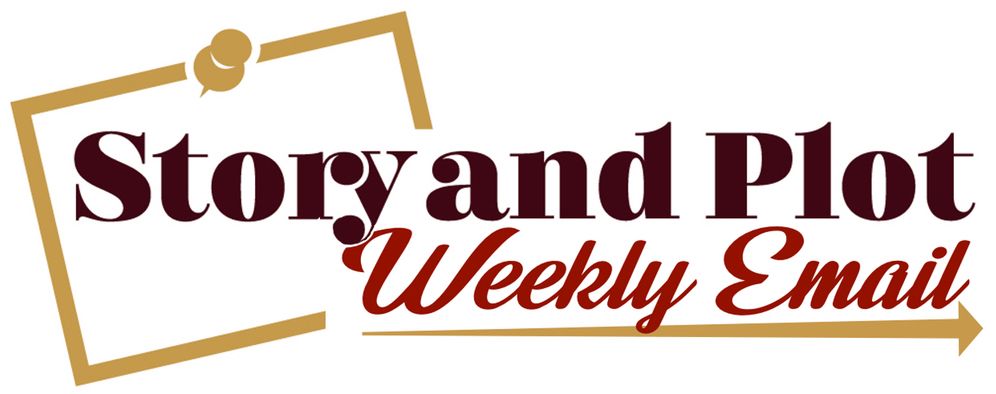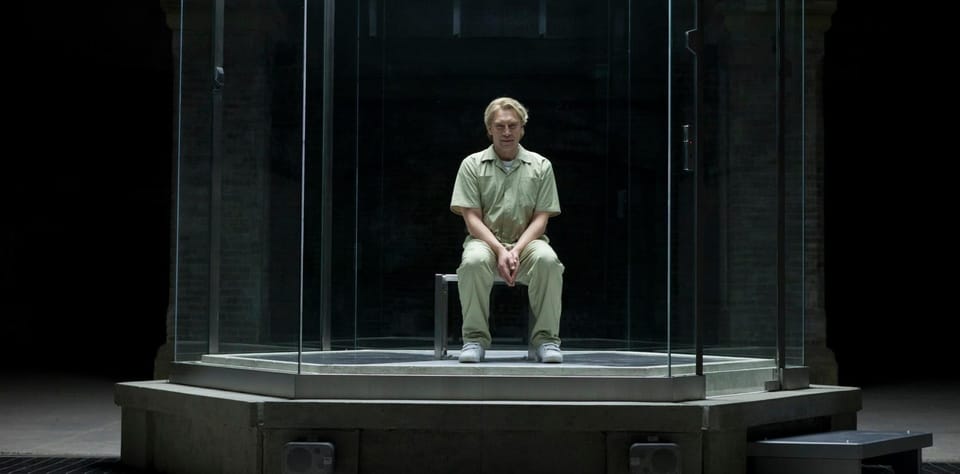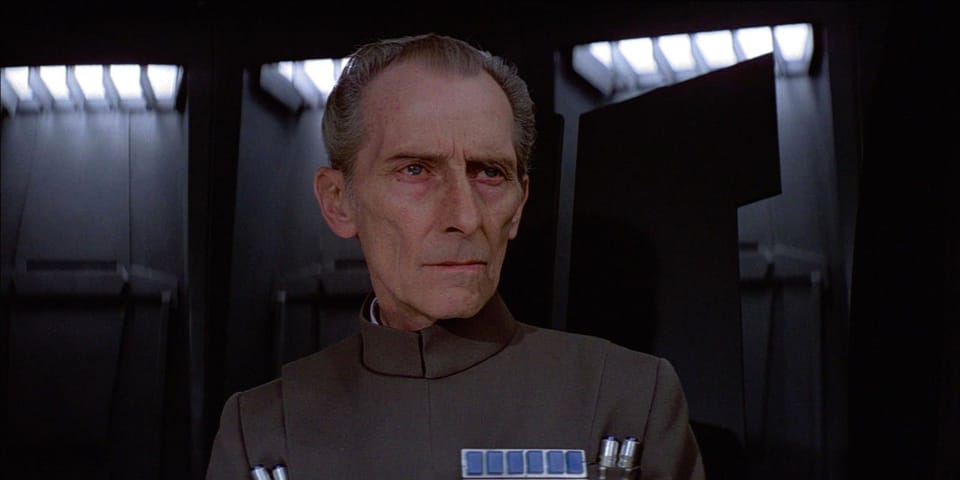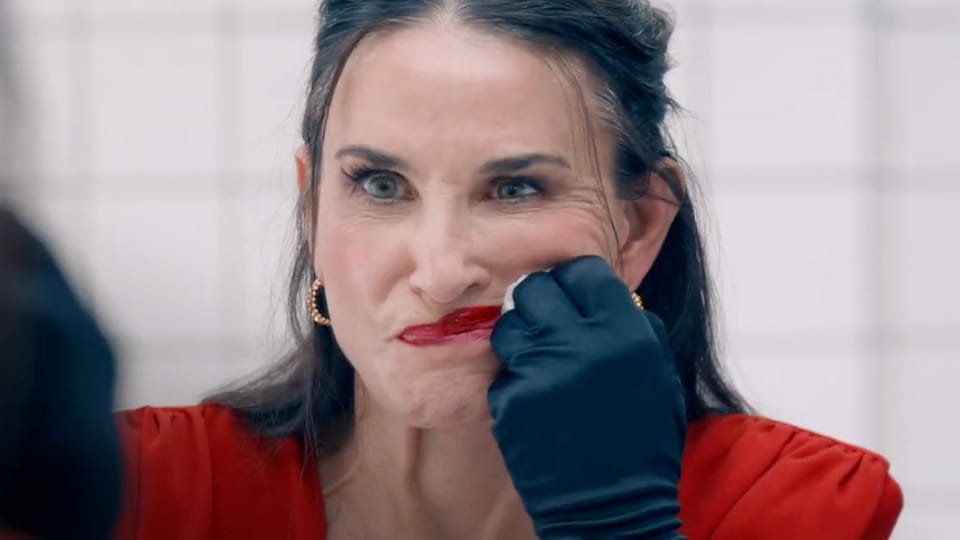The two key elements to narrative momentum.
Narrative momentum is the force that keeps the audience compelled to continue watching. It's why a good 3-hour movie can go by so much faster than a bad 90 minute film.
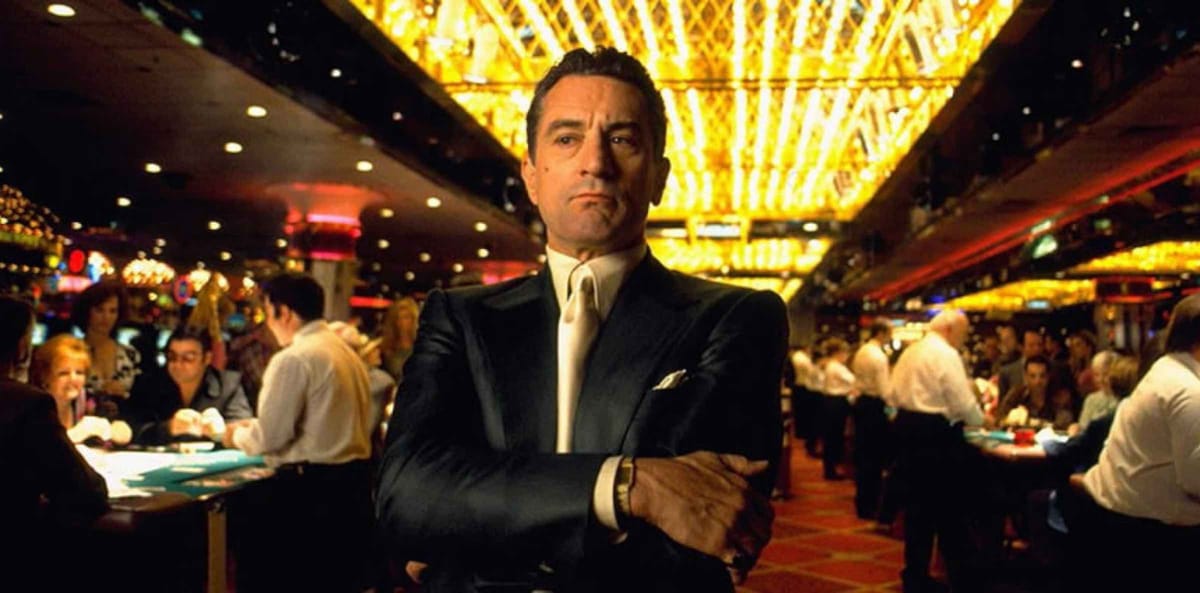
You've watched 88-minute films that you had trouble sitting through.
You've also watched three-hour movies and couldn't believe how fast it went by you were so engaged in the story.
The difference between these films was narrative momentum.
Narrative momentum is the force that keeps the audience compelled to continue watching.
There are two key paths to narrative momentum:
- A dramatic question.
- Emotional residue.
The goal story structure is a) narrative momentum and b) emotional resonance.
Note that emotional residue is not emotional resonance.
Emotional residue is the emotion that carries over from scene to scene, from moment to moment. Resonance is the emotional impact of any event and how deeply it is felt.
We also often discuss the central dramatic question. I harp on it because it helps so much to facilitate narrative momentum throughout the story.
However, the central dramatic question only sometimes helps us from scene to scene or moment to moment.
Those bits require more immediate dramatic questions. When the Mattel executives chase Barbie, we are focused on, "Will she escape?" not the central dramatic question of, "Will she get her normal life back?"
Those smaller, more immediate, dramatic questions are what we are dealing with here.
So, all these concepts are linked, but they remain distinct.
Examples: Scene A. Cops chasing a bad guy.
Within a scene, we're going to have a dramatic question. We're going to have a want. If we do it right, we compel the audience to keep watching.
For this example, we'll call it Scene A; let's say we have a car chase with two cops chasing a bad guy.
The dramatic question is straightforward: "Will they capture the bad guy?"
Now, Scene A will have to end at some point. How do we keep that dramatic momentum going from Scene A into Scene B?
Remember, we have two paths: 1. A dramatic question or 2. emotional residue.
We can just continue the dramatic question.
We extend the dramatic question of "Will they capture the bad guy?" into the next scene (which we will call Scene B.)
So, the sequence continues, and maybe we change the environment. Say, the bad guy crashes his car, and the chase continues on foot.
Easy, right? For now.
We can't keep the chase going indefinitely; it will be boring. But for now, dramatic momentum from Scene A to Scene B works fine.
But what if we answer the dramatic question?
Say the officers capture the bad guy in Scene B. How do we keep dramatic momentum going into the next scene, Scene C?
"Will they capture the bad guy?" is answered. It's done. What next?
We can establish another dramatic question immediately.
In this example, they capture the bad guy and immediately interrogate him. They have to find out where the bomb is.
So our new dramatic question is, "Will they find out where the bomb is?"
The key here is to do it quickly. The longer you wait, the more dramatic momentum slows down and feels awkward.
There is a moment in CAST AWAY with Tom Hanks when he is rescued! We have been waiting for this the whole movie, and it happens.
But there is still 30 minutes left in the film. There is still more story to go!
So what do they do? They cut immediately to his fiance getting the news that he was found. Only now she is married with a kid.
And now we have a new dramatic question.
This is how they keep the momentum going even after they answer the biggest dramatic question of the movie.
Another tactic is emotional residue.
In this case, what if an action closes off another dramatic question?
Say they capture the bad guy, which is the end of that. Or perhaps the bad guy gets away?
When this happens, we want to see the emotional effect of that action in the next scene. That is the emotional residue.
We can see them celebrate, talking about the promotion, or the traditional dressing down by their sergeant for blowing up half a city block.
That emotion from one scene to the next will give us narrative momentum, as one scene affects the next.
At least until another dramatic question can be asked.
What we cannot do is ignore the emotion of scene B and not establish a new dramatic question.
In Scene B, the bad guy kills one of the cops, and the other cop shoots the bank robber dead. So now we've got two dead bodies.
Of course, we have countless options, but the one thing we cannot do in Scene C is ignore what happened in Scene B.
We must carry that emotion over.
We could have the surviving officer go to his partner's wife to tell her. We could cut to the bar that night with the other cops, all giving a toast, sad and horrified that one of them has gone down.
We don't have to mention it; we just need to see the emotional residue.
Perhaps the surviving officer goes home to his family and has dinner with them. None of them know what happened. Now, the scene is about what is not said. He hasn't told them, and they're going on like nothing has happened.
Even though it's never mentioned, the emotional residue is there.
Momentum stops when you move on without a dramatic question of emotional residue.
This is why you only see "Six Years Later" or whatnot early in the film.
Because anywhere else, the story comes to a screeching halt. You have to start that dramatic momentum all over again.
That is an extremely challenging feat to pull off in the middle of a film.
Take note the next time you watch a film.
Watch what happens between scenes and see which one is being carried over.
Trey Parker and Matt Stone famously reduced this to making sure either "therefore" or "but" fit comfortably in between each scene.
You can watch that clip here.
That is a fine approach and a great shortcut to ensuring at least some dramatic momentum.
But if you really want to push it further, go after an immediate dramatic question and the emotional residue.
Podcast Alert!
Two podcasts this week!
The Creative Writing Life
My Twitter friend Paul Zeidman was kind enough to host me on his screenwriting podcast. We talk about the nature of talent, how I got my first agent, and how I was mentored early on, and I go off on one of my logline rants.
Click here to listen on Spotify.
Click here to watch on YouTube.
The Pink Smoke
The only video games I really play are Civilization and Fallout. I don't upgrade my console until a new Fallout game requires it.
My friend Chris Funderburg knows this and has a similar affection for the game so he asked me to join in on a conversation about the new FALLOUT television series on Amazon.
This is my fifth time on The Pink Smoke! For some reason, they keep inviting me back, and it's a blast every time.
Click here to listen on Spotify.
That's a wrap for this week!
Believe it or not, The Story and Plot Weekly Email is one year old now.
Thanks to all of you who subscribe and enroll in the courses and help spread the word. That's what makes all this possible.
See you next week!
Tom
The Story and Plot Weekly Email is published every Tuesday morning. Don't miss another one.
When you're ready, these are ways I can help you:
WORK WITH ME 1:1
1-on-1 Coaching | Screenplay Consultation
TAKE A COURSE
Mastering Structure | Idea To Outline
